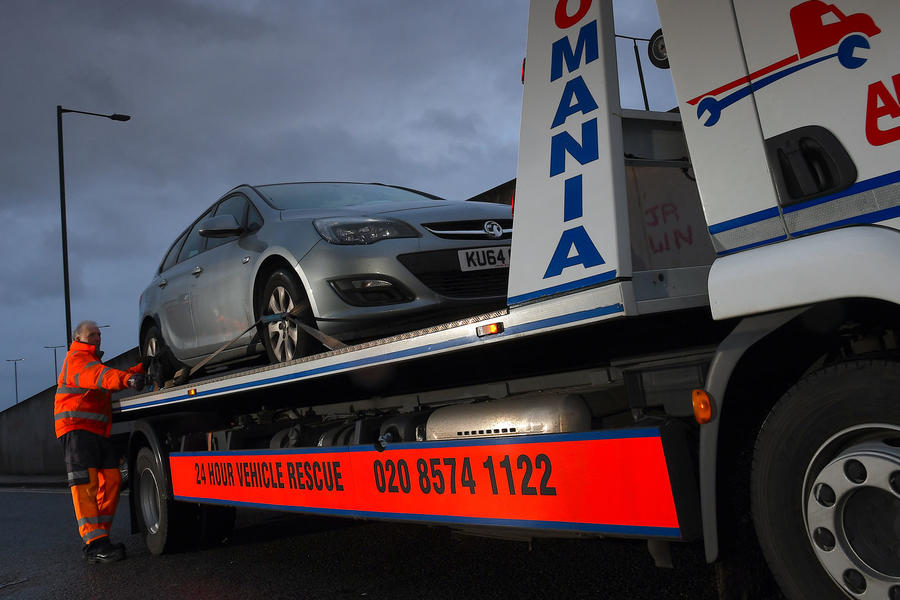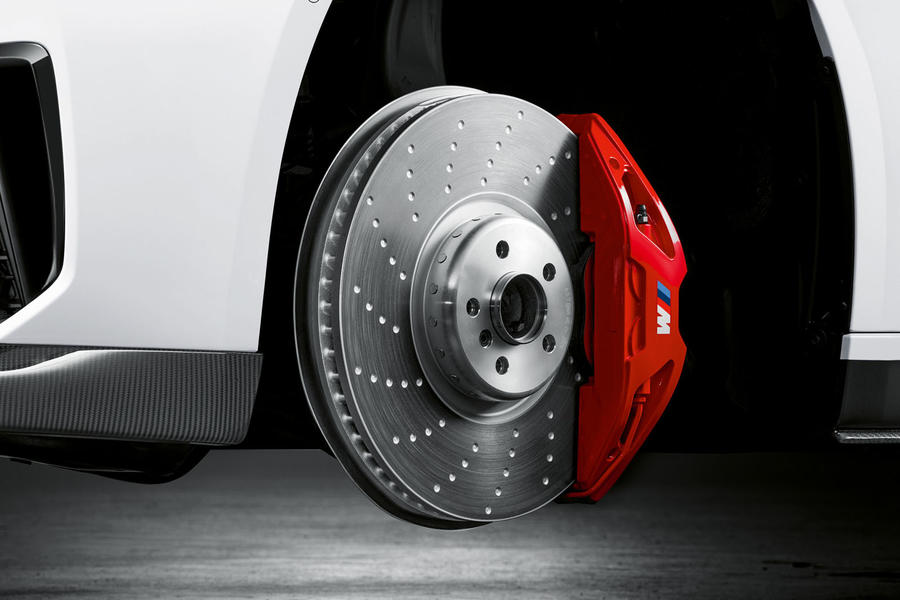Despite a skills shortage and legislative challenges, the future of the parts industry is bright, say those in it
“The independent aftermarket sector is the UK’s largest provider of affordable mobility.”
And you were thinking motor factors just sell wiper blades, oil filters and spark plugs. But that’s Mark Field’s point, of course. The chief executive of the Independent Automotive Aftermarket Federation (IAAF) believes it’s their ability to source and sell these and other essential car parts at competitive prices that helps make motoring affordable for millions of people.
According to estimates by the Society of Motor Manufacturers and Traders (SMMT), the sector is worth approximately £28 billion and employs around 350,000 people in the UK.
In recent years, there has been massive consolidation, with groups such as GSF Car Parts swallowing up small to medium-size concerns. Itself bought by Parts Alliance Group in 2015 (the group was renamed GSF Car Parts in 2021), today GSF has 180 stores across the UK employing 3000 people and has an annual turnover of £330 million.
Not that turnover alone impresses Adam Ince, the company’s sales and marketing director. “These days, an increase in turnover can be due to inflation, which recently has been well into double digits,” he said. “For me, volume is the yardstick; and on that measure, we’re increasing our market share.”
Besides acquisition, one reason for that is the UK’s ageing vehicle parc. According to the SMMT, in 2021 the average age of a UK car was 8.4 years, the highest figure since records began in 2000. Almost 10 million cars from 2008 and earlier were still on the road while nine million cars – almost a quarter of those registered – had done more than 100,000 miles. For companies such as GSF, all these older, more well-used vehicles add to the demand for spare parts.

Nevertheless, at the other end of the age scale, Ince is worried about the decline in new-car registrations. “New cars ultimately feed the supply of used ones and after three years require an annual MOT [test],” he said. “The fall in new-car sales could be storing up trouble [for] later on.”
Like many, the aftermarket sector is one that’s still adapting to Brexit (the consequences of the UK’s departure from the EU have still not washed through); dealing with the after-effects of the pandemic (still a problem while Chinese shutdowns threaten component supplies); and now grappling with inflation; the effects of the Ukraine war on supply chains and energy costs; and the fallout from the global chip shortage (diagnostic equipment is just one victim).
If all that weren’t enough, there’s a skills shortage to address )across the board, incidentally and not just at the technical level); electrification to plan for; and ensuring the sector has the ear of the government as it reviews the Block Exemption Regulations (BER). These ensure the sector has ‘right to repair’ access to tools and vehicle data held by car makers and are due to be renewed in 2023. It’s a troubling topic.
“I’d like the IAAF and other interested parties to join the DfT [Department for Transport] as it reviews BER so they can see what struggles our members face in terms of accessing information,” said Field.
While there, he’d also like to push the case for retention of the annual MOT. “We have some of the safest roads in Europe, but still the government talks about moving to a biennial test.”
Field and Ince say that Brexit’s biggest impact so far has been an increase in paperwork. To lighten the load, some firms are establishing offices in the EU.
Regarding disruptions to supplies from China, more companies are ‘nearshoring’ – the buzz term for sourcing product closer to home.
“The aftermarket has always been agile,” said Field. “Whatever the challenge, it quickly adapts to meet it.”

Meanwhile, for Ince and his team, cataloguing the parts that GSF sells is one of the biggest challenges. “Twenty years ago, one brake part would be shared by dozens of cars,” he said. “Not any more. There are hundreds of permutations, and the only way we can manage them is with our own cataloguing system, which has to be 100% accurate.”
During his time in the industry, Ince has seen a decline in sales of accessories such as wheel trims as modern cars come better equipped. He has also seen a fall in sales of anti-rust treatments and body filler as build quality improves. Looking ahead, he expects sales of polishes to fall as the trend for ceramic body coatings picks up, demand for remanufactured parts to grow and, as environmental laws become stiffer, sales of filtration products to increase.
“The market is constantly evolving, but despite its challenges, the future is bright,” he said. “We have great supplier relationships and to know we can offer a part as good as its OE [original equipment] alternative but for a lower price puts us in a strong position to help all those people who are keeping their cars for longer.”
Source: Autocar
